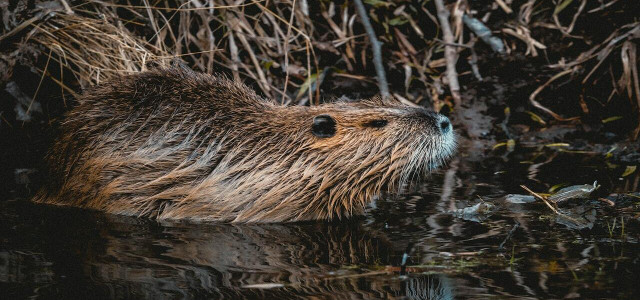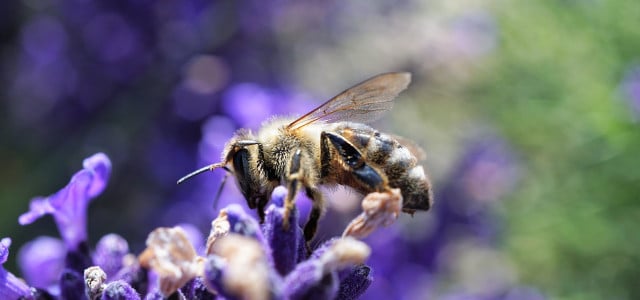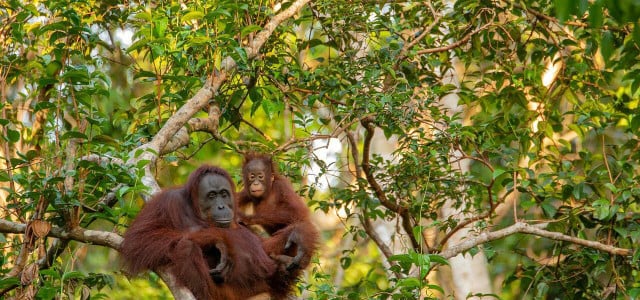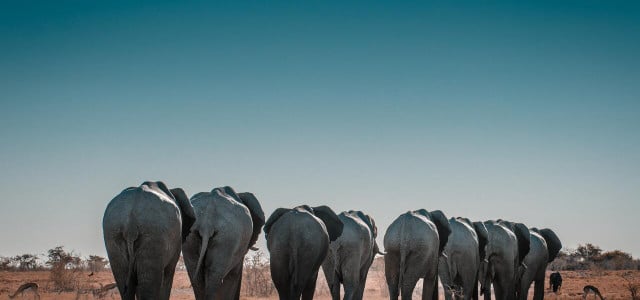If you've done any reading in the environmental space, you've likely come across this term. But what exactly is a keystone species? Let's find out.
The Earth is made up of many ecosystems, with each plant and animal species like a building block within them. Certain blocks, like the keystone, are integral to an ecosystem’s overall success. This is where the term keystone species comes from; they are the glue that holds each habitat together. But what is a keystone species exactly?
This concept was first introduced in 1969 by zoologist Robert T. Paine. Paine discovered that removing the purple sea star from a tidal plain on Washington State’s Tatoosh Island significantly affected the ecosystem. The sea star is a significant predator of mussels and barnacles on the island. With them gone, mussels took over and cut biodiversity in half within a year.
This article will explain what a keystone species is and why they’re important. We’ll also provide some examples to give you a better understanding of this complex topic.
What Is a Keystone Species?
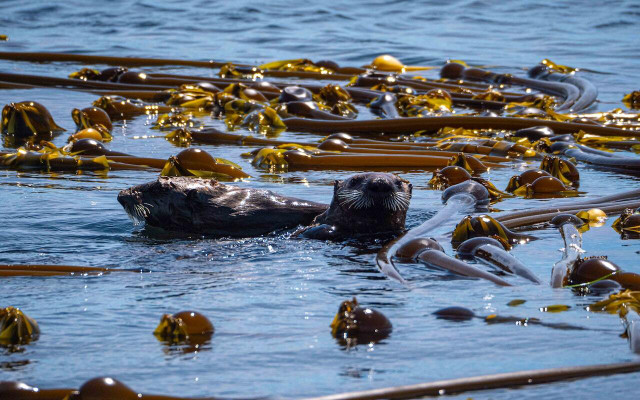
(Foto: CC0 Public Domain / Unsplash / Kieran Wood )
Keystone species play a critical role in maintaining ecosystems and are particularly influential to food webs. As a result, you may think that keystone species are predators, but that’s not always the case. Keystone species can range from seemingly insignificant fungi to intimidating Siberian tigers — they aren’t always the most obvious species.
What’s unique about the role these species play in their ecosystems is that if they were to disappear, no other species would be able to fill the void left behind. The ecosystem would drastically change, leaving it open to threats like invasive species and disease.
Examples of Keystone Species
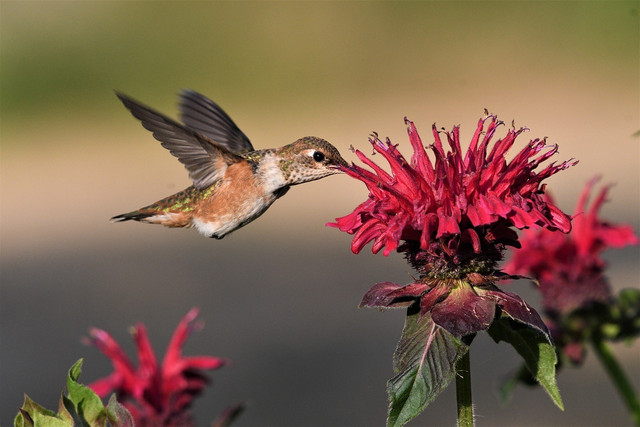


(Foto: CC0 / Pixabay / Veronika_Andrews)
The range of keystone species is vast, and each type generally falls within one of five broad categories.
- Predators: Keystone predators balance their ecosystem by managing populations of other species. When they hunt their prey, which includes other predators, the impact is felt throughout the food chain. Wolves are a great example of a keystone predator species, as evidenced when they were eradicated from Yellowstone National Park. Park managers wanted to rid the park of wolves because they were killing large proportions of other fish and game that also called the park home. This was before scientists understood the connectedness of species. During the 70 years without grey wolves, higher elk populations grazed native willows. In turn, this negatively impacted the area’s beavers and songbirds as there were fewer tree branches to use to build their homes. This phenomenon is known as trophic cascade.
- Prey: Keystone prey play an integral role in their ecosystem because they are a vital food source for predators. They are also resilient and at less risk of becoming endangered or extinct. An example of a keystone prey species is Antarctic krill, which provide a vital food source for whales, seals and penguins living in this harsh climate.
- Plants: Keystone plants are seemingly insignificant but can greatly impact their respective ecosystems. The saguaro cactus is a valuable food source for many animals and also offers shelter.
- Ecosystem engineers: This category of keystone species is unique because they don’t impact their habitat’s food web. Instead, they create, modify or maintain the surrounding landscape. Think of beavers: dam-building significantly changes the surrounding landscape and impacts their ecosystem.
- Mutualists: What’s unique about this category of keystone species is that it refers to two or more species with a somewhat symbiotic relationship that significantly impacts the ecosystem. Hummingbirds — or bees — and plants are a great example. One can’t survive without the other, as both hummingbirds and bees need the pollen and nectar from the plants to survive, and the plants rely on them for pollination.
Did you know that giraffes are a keystone species? Read more: Are Giraffes Endangered? Myths and Truths Explained
Environmental Importance in Bioregions
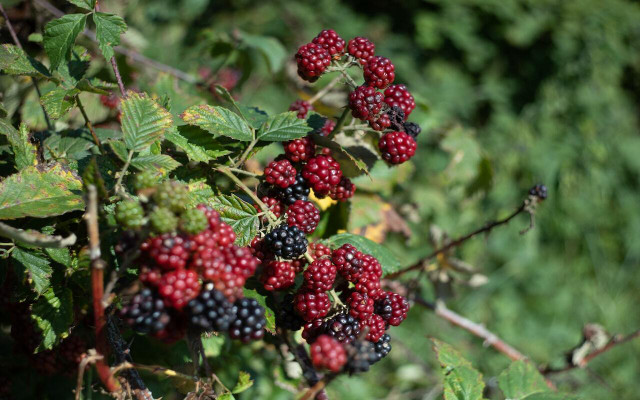


(Foto: CC0 Public Domain / Unsplash / Grigorii Sukhorukov )
Keystone species exist in all ecosystems and habitats on the planet and are of major importance to the health of our planet. Looking at some of Earth’s key bioregions, you can begin to understand why the conservation and preservation of these areas and their inhabitants should be a top priority.
Ocean
Sharks are the ocean’s keystone predators. They prey on sick, slow and weaker marine life, consequently curbing the spread of disease and keeping the population of other predatory fish in check. This allows herbivore fish, who feed on algae that otherwise would degrade the coral reef, to thrive. These coral reefs can provide valuable homes to other species.
Boreal forest
In boreal forests, wild raspberry plants are a keystone species as they provide a valuable food source for a range of animals, from bees to bears. Trees like aspens and willows are also considered keystone species because they provide vital habitats for insects, birds, fungi and lichen, which play critical roles in the ecosystem.
Desert
Keystone species aren’t always obvious. For example, the tortoise is vital in its Mojave desert habitat. It burrows into the ground, creating holes and tunnels other animals use as protection from predators and to escape the desert heat.
Read more:
- Rewilding: Inside This Unusual Conservation Practice
- 15 Everyday Ways to Prevent Climate Change
- What Do Corals Eat & How Is It Affected by Climate Change?
Do you like this post?






